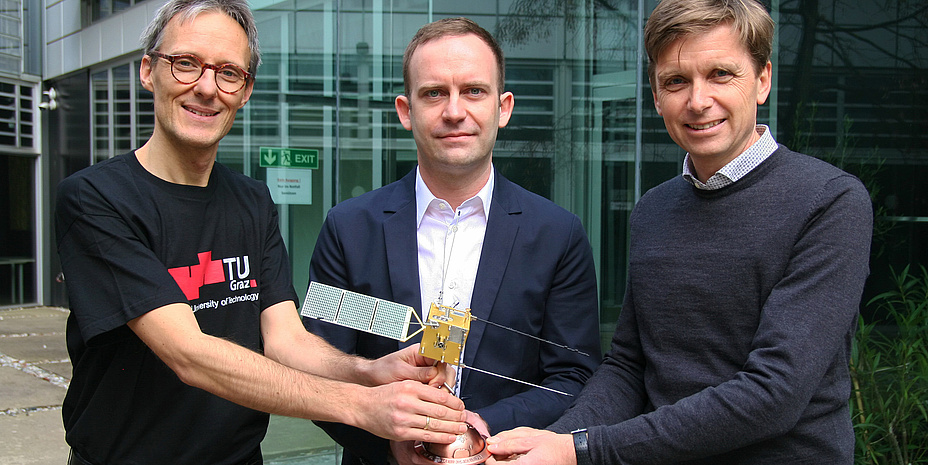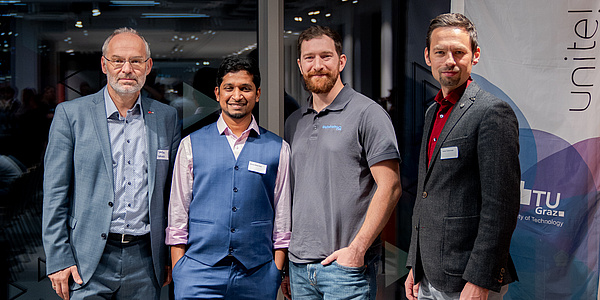Countdown for Chinese satellite CSES

Maiden flight of a magnetometer
Together with Andreas Pollinger and Roland Lammegger from TU Graz, Magnes will follow the launch live on-location and put the Graz magnetometer into operation. The CDSM will experience its maiden flight on board the CSES, during which the instrument will be technically and scientifically tested for space-worthiness, so that it can also be used in long-term missions. The researchers want to deploy their new development in the outer solar system in the near future. In 2022 the CDSM will accompany the ESA space probe <link http: sci.esa.int juice>JUICE on its journey to Jupiter, and in 2030 will carry out detailed observations of the biggest planet of our solar system and its moons for three years. “By measuring the magnetic field we will be able to proverbially look into the icy moons of the giant gas planet and carry out research on the deep oceans of these potential areas of life,” says Lammegger. Work on this new technology is supported by the FFG and ESA.
Kontakt
Dr.
IWF/ÖAW | Deputy Director
Mobile: +43 699 103090604
Email: <link int-link-mail window for sending>werner.magnes@oeaw.ac.at Roland LAMMEGGER
Dr.
TU Graz | Institute of Experimental Physics
Mobile: +43 664 73810762
Email: <link int-link-mail window for sending>roland.lammegger@tugraz.at




